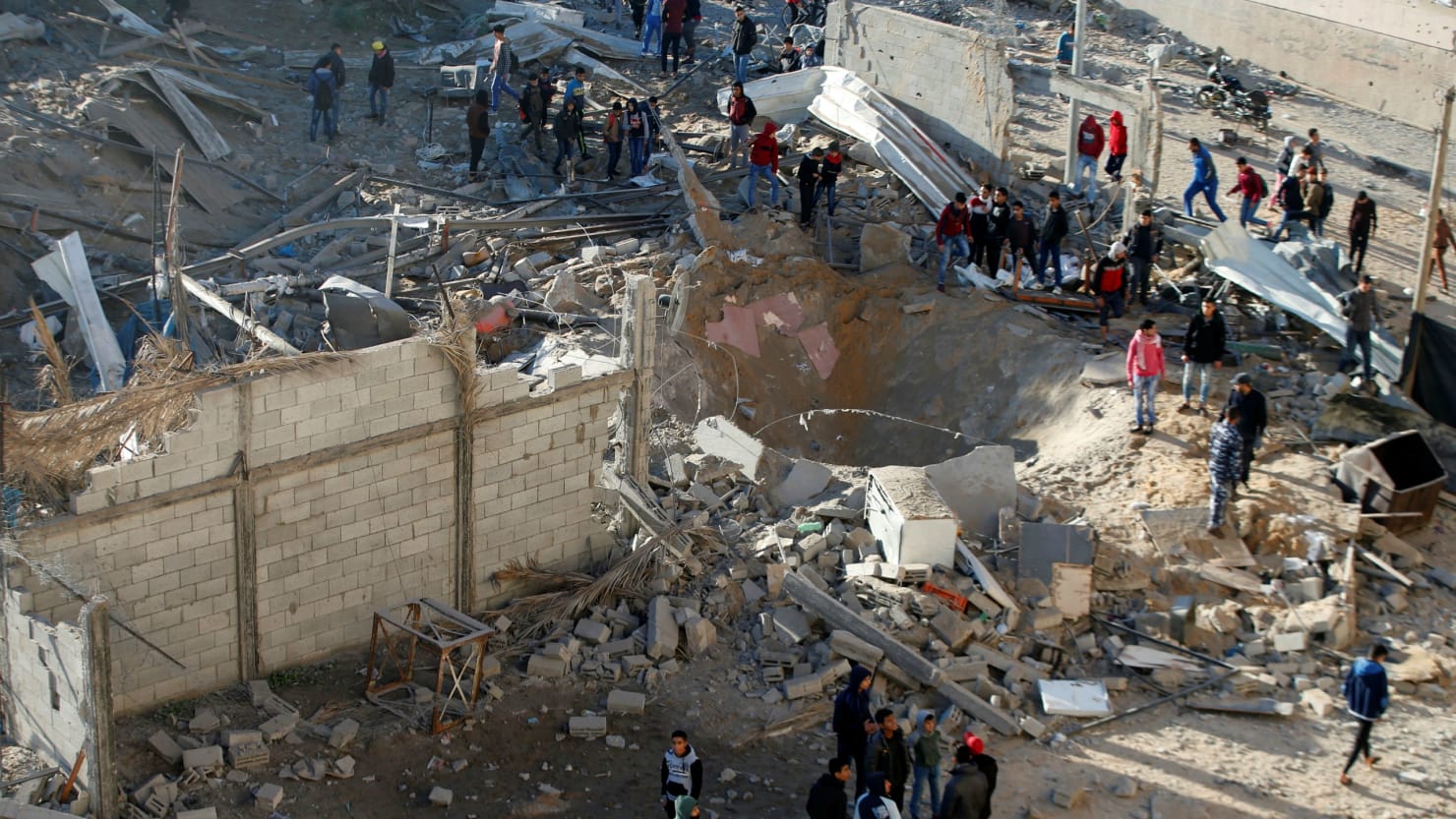Since March 30, thousands of Palestinians have been protesting along the border that divides the Gaza Strip and Israel-proper in a protest dubbed “The March of Return.” The main goal for the Palestinian protests are to regain their ancestral homelands that were lost when Israel was founded 70 years ago.
The roots of the current situation in Gaza can be traced back to the 1940s, while what is now referred to as Israel was being controlled as part of the British Empire following World War II. Zionists, or those who supported creation of an independent state for Jews, pressured the British government for the creation of the State of Israel, which happened in May 1948.
Although the United States immediately recognized Israel’s existence, many of the surrounding Arab League nations refused to accept Israel as a legitimate nation and launched the first Arab-Israeli war. The Arab-Israeli war of 1948, as well as subsequent fighting among Arab nations and Israel, have resulted in a serious refugee situation within the Palestinian population.
Refugee camps being set up in the Gaza Strip and other locations; today, more than 60 percent of the two million citizens living in Gaza are refugees or descendant from refugees who fled their homes following the creation of Israel.
Israel’s governments have been reluctant to allow Palestinians to return to Israel-proper, as many fear Israel losing its Jewish majority, as the population of Palestine is mainly Arab. Yet another point of contention being brought to the forefront during these protests is the scope of the Israeli occupation in Gaza, which has been criticized for its impact on the civilians in the area.
The Israeli occupation of the Gaza began in 1967, after the second Arab-Israeli war. From 1948 to 1967, Gaza had been under the occupation of Egypt, but fell under Israel’s control following Egypt’s defeat in the war.
This occupation has had a devastating impact on the lives of the nearly two million Palestinians living in the area. Although the Israel Defense Forces or the Israeli military left Gaza in 2005, Israel still effectively has a blockade against Gaza, as Israel has control over Gaza’s airspace and waterfronts and also controls two of the three borders.
According to Al-Jazeera, since 1993 in particular, Israel has used closure techniques, which has severely restricted the ability of Palestinians to move freely outside of Gaza. This restriction of movement has been devastating on the Palestinian population, with 80 percent of the Gaza citizens relying on food aid as reported by the World Bank.
The occupation has been so damaging to the citizens of Gaza that the United Nations has accused Israel of de-developing the area by reversing its economic development.
The current protests are set to end on May 15, which is the day that Palestinians remember those killed or displaced in 1948 during the first Israeli-Arab war, immediately after the creation of the State. Palestinians call this day “Nakba” meaning “Disaster.”
The protests along the border have been met with a harsh response from the Israeli military with crackdowns having resulted in more than 30 deaths so far, including the death of a Palestinian journalist covering the border protests. Thousands of Palestinians have been injured while protesting during clashes between the Israel Defense Forces and the protesting Palestinians.
Israel claims that it is acting in self-defense as the protests are attempting to “harm or breach the security infrastructure” between Gaza and Israel involving the use of firebombs and explosive devices at or near security checkpoints. Israel has repeatedly expressed that it will not allow any threats to border security, prompting the increase in repression against the protests.
A spokesperson for the Israeli military said that Israel is having an appropriate response to “riots”and responding in accordance with “riot dispersal means while also firing in accordance with the rules of engagement.”
However, human rights agencies have been critical of the disproportionate response Israel has had towards the protests. Amnesty International, a nonprofit human rights agency, said that Israel should “put an immediate end to the excessive and lethal force being used to suppress Palestinian demonstrations in Gaza.”
The United Nations has not yet released a statement condemning the violence occurring against protesters in Gaza. Diplomats working for the United Nations told CNN that the United States has been blocking efforts by other UN member states from bringing resolutions to the floor that would hold inquiries and investigations into Israel’s response towards the protests.
Israel and the United States have long had a close relationship, with the United States being Israel’s biggest ally, and the connections between the two nations could deepen following Trump’s recognition of Jerusalem as the capital of Israel — a move that was widely criticized within the international community.
Israel and the United States share a common enemy in the political leadership of Gaza: Hamas. The United States and Israel both consider Hamas to be a terrorist organization; this might also be a part of the reason why the United States is not quick to condemn actions taken against Gaza citizens.
Although it is currently unclear how impactful the protests are going to be when it comes to creating a long-lasting solution to the conflict plaguing Israel and Palestine, but the large-scale protests that are happening do signify that Palestinians in Gaza are tired of being treated like second-class citizens by the Israeli occupation and military forces.
Certainly, the protests have reinvigorated the desire for equal treatment, rights and respect that Palestinians want.

















